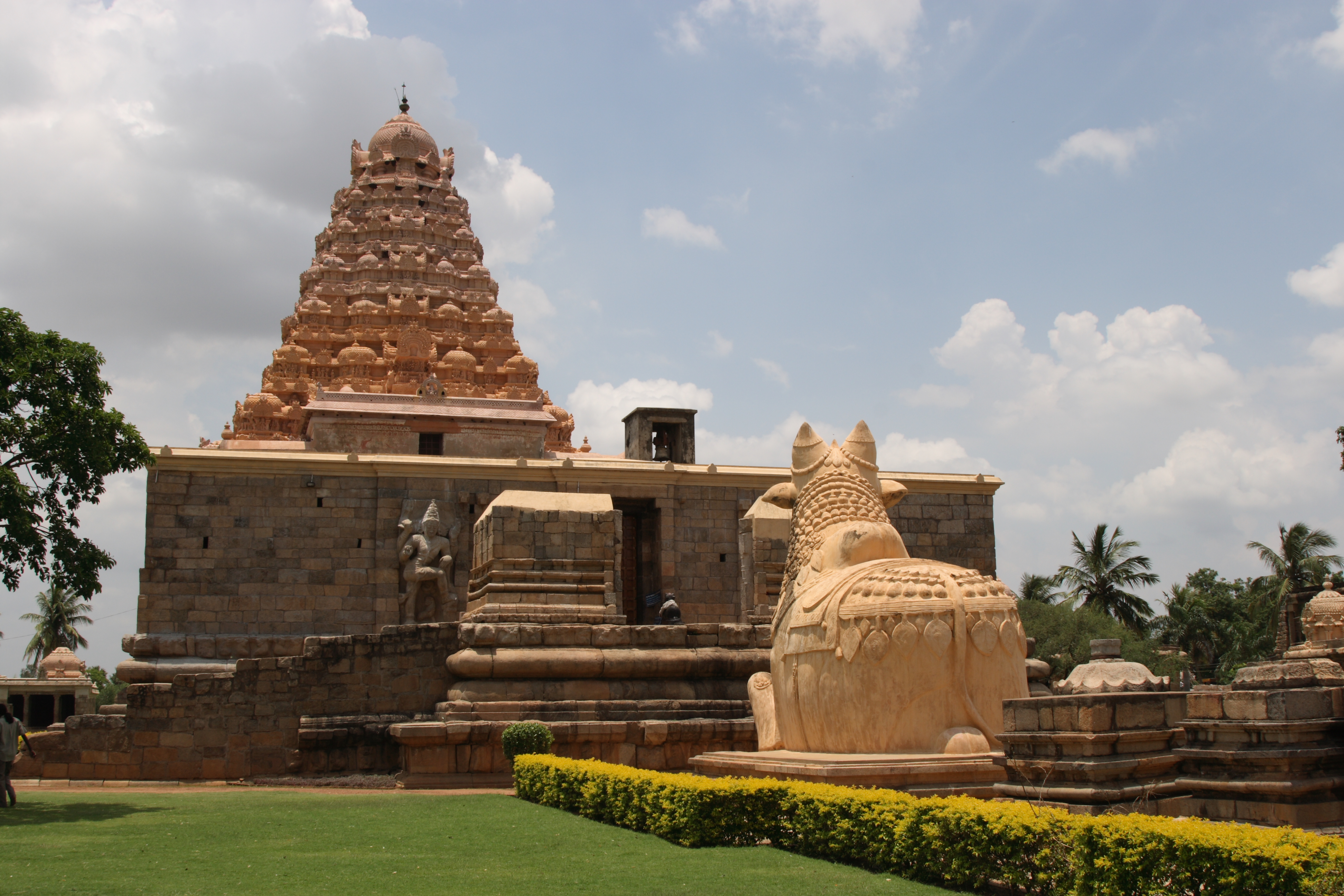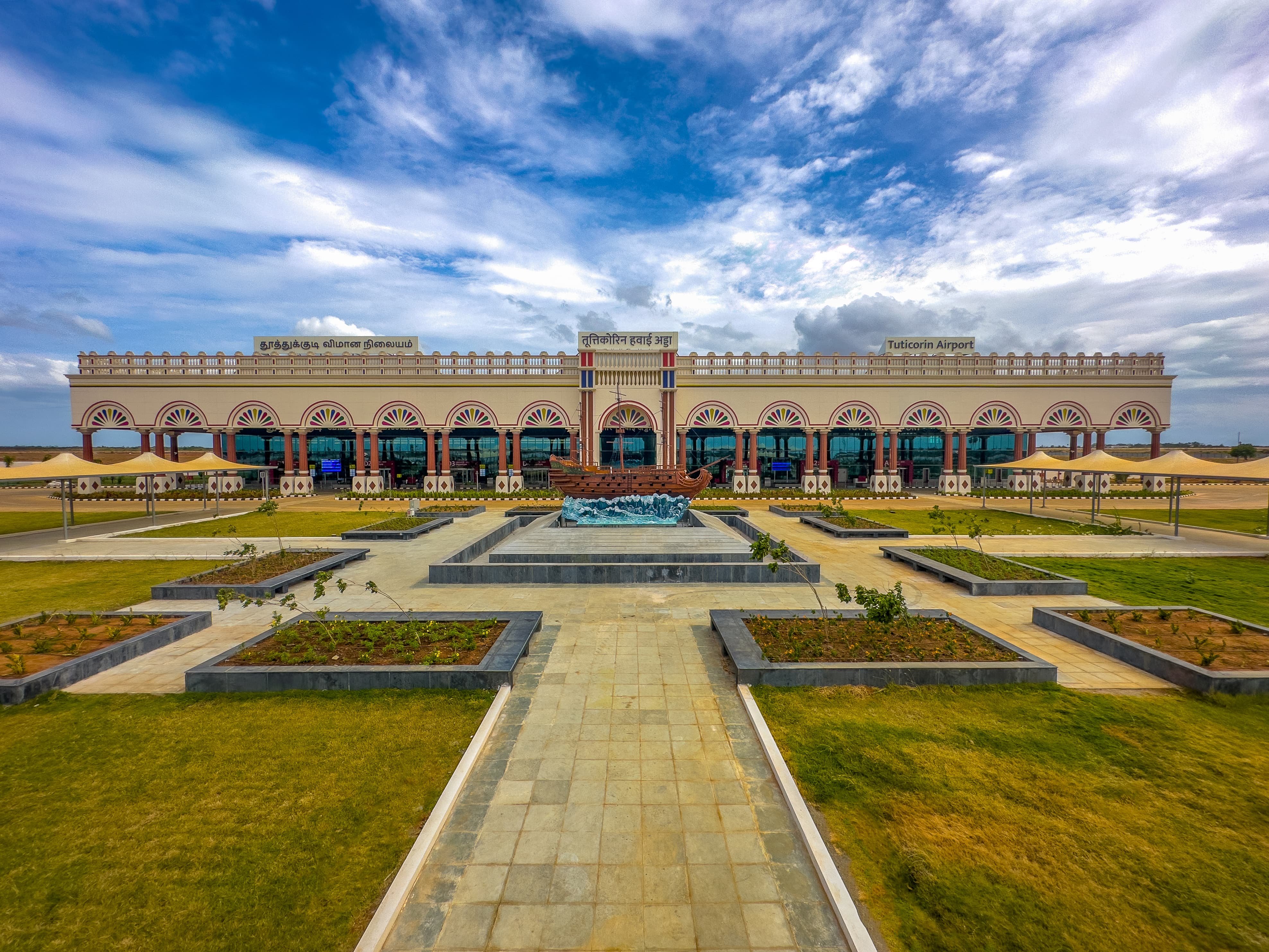Nestled in Tamil Nadu’s Ariyalur district lies Gangaikonda Cholapuram, a historical town that once stood as the capital of one of the most powerful empires in South India – the Chola dynasty. Founded by the great emperor Rajendra Chola I in the 11th century CE, this city was not just a political hub but also a cultural and architectural masterpiece. Today, though much of it lies in ruins, its remnants tell stories of grandeur, ambition, and unmatched craftsmanship.
With Prime Minister Narendra Modi’s visit on July 27, coinciding with the Aadi Thiruvadirai festival celebrating Rajendra Chola’s birth anniversary, Gangaikonda Cholapuram is once again in the national spotlight. The visit is expected to accelerate the long-overdue restoration of this 1,000-year-old heritage site, especially the Chola Gangam lake – an engineering marvel of its time.
Who Was Rajendra Chola I?
Rajendra Chola I (1012–1044 CE) was one of the most illustrious rulers of the Chola dynasty, succeeding his legendary father Rajaraja Chola I. Known for his military conquests, naval supremacy, and administrative brilliance, Rajendra expanded the Chola Empire to unprecedented heights. His reign saw the Chola territories stretch from Sri Lanka in the south to the Gangetic plains in the north, and across the seas to Southeast Asia, including modern-day Malaysia and Indonesia.
To commemorate his victorious expedition to the Ganges, Rajendra established Gangaikonda Cholapuram as the new capital of his empire. The name literally means “The city of the Chola who conquered the Ganga.”
The Creation of Gangaikonda Cholapuram
Prior to Rajendra’s reign, Thanjavur was the Chola capital, famous for the Brihadeeswarar Temple built by Rajaraja Chola I. However, Rajendra envisioned a city that would surpass Thanjavur in both grandeur and strategic significance.
- Location: Gangaikonda Cholapuram was strategically built near the Kolidam River, ensuring access to water resources and trade routes.
- Urban Planning: The city was known for its grand markets, residential quarters, and royal palace, which reportedly covered over 60 acres.
- Cultural Hub: The city was also a thriving center for art, literature, and temple architecture, attracting scholars and artisans from across the Chola empire.
Brihadeeswarar Temple – A Chola Masterpiece
The Brihadeeswarar Temple at Gangaikonda Cholapuram is often described as a smaller but more refined version of the Thanjavur Big Temple. Built with intricate carvings, tall vimanas, and detailed sculptures, it reflects the zenith of Chola architecture.
Architectural Highlights:
- Vimana Height: The vimana (temple tower) of this temple, although shorter than Thanjavur’s, is more gracefully proportioned.
- Granite Carvings: The walls feature exquisite sculptures depicting deities, celestial beings, and scenes from Shaivite mythology.
- Unique Iconography: The temple houses rare sculptures, including Lord Shiva crowning Chandeshwara, one of the revered 63 Nayanmars.
- Nataraja & Goddess Lakshmi: On the northern wall, a magnificent Nataraja sculpture stands out, while the southern wall depicts Goddess Lakshmi being worshipped by the Chola royal family, believed to include Rajendra Chola I himself.
- Rare Saraswati Depiction: The northern entrance features Goddess Saraswati in the Dhana Mudra (teaching gesture) – an uncommon iconography.
The Decline of the Chola Capital
While Gangaikonda Cholapuram thrived for centuries, the city suffered during colonial times. The British dismantled large sections of the temple’s outer walls to source granite for constructing the Lower Anicut (Kolidam Dam). Much of the palace and urban structures have vanished, leaving behind only scattered ruins and the Brihadeeswarar Temple as a reminder of its glorious past.
In the 1980s, the Tamil Nadu Department of Archaeology, under the supervision of Dr. R. Nagaswamy, uncovered remains of the royal palace at Maligaimedu, located just 2 km behind the temple. These discoveries offered valuable insights into the city’s former layout.
The Chola Gangam – A Forgotten Marvel
One of Rajendra Chola I’s engineering marvels was the Chola Gangam, a massive artificial lake dug to bring water from the Kolidam River to the palace and city.
- Length: The lake stretched 25 km and was supported by a network of canals.
- Current State: Today, the Chola Gangam lies dry and cracked, as the feeder canals have disappeared over the centuries.
Following a recent report highlighting its derelict state, the Tamil Nadu government has announced restoration work at a cost of ₹12 crore. This revival project aims to restore both the cultural significance and water conservation role of the ancient lake.
PM Modi’s Visit – A New Dawn for Gangaikonda Cholapuram?
The visit of Prime Minister Narendra Modi on July 27 is expected to mark a new chapter for this historical site. His trip coincides with the Aadi Thiruvadirai festival, which celebrates Rajendra Chola’s birth anniversary. Locals and heritage enthusiasts hope this high-profile event will:
- Boost tourism to Gangaikonda Cholapuram.
- Attract national attention to its preservation needs.
- Support ongoing restoration efforts for the temple and the Chola Gangam.
Why Visit Gangaikonda Cholapuram?
If you’re a history lover, photographer, or architecture enthusiast, Gangaikonda Cholapuram is a must-visit destination. Here’s why:
- Explore Chola Architecture – Marvel at the intricate stone carvings of Brihadeeswarar Temple.
- Learn About Chola Naval Power – The Cholas were pioneers in building naval fleets that dominated Southeast Asian waters.
- Discover Ancient Water Systems – The Chola Gangam showcases advanced 11th-century water management techniques.
- Quiet Heritage Tourism – Unlike the crowded Thanjavur, Gangaikonda Cholapuram offers a peaceful heritage experience.
- Nearby Attractions – Explore other heritage sites like Darasuram, Kumbakonam temples, and Swamimalai.
Travel Guide to Gangaikonda Cholapuram
Location: Ariyalur District, Tamil Nadu (250 km from Chennai, 100 km from Thanjavur).
How to Reach:
- By Air: Nearest airport – Tiruchirappalli (Trichy).
- By Train: Kumbakonam (35 km) and Ariyalur (45 km) are the closest railway stations.
- By Road: Well-connected via NH-36. Regular buses run from Chennai, Trichy, and Thanjavur.
Best Time to Visit:
- October to March for pleasant weather.
- Aadi Thiruvadirai festival (July–August) for cultural celebrations.
Entry Fee:
- Free entry to the temple.
- Photography allowed (except inside sanctum).
Recommended Duration: 2–3 hours to explore temple and nearby ruins.
Preservation Efforts and Challenges
While the temple is maintained by the Archaeological Survey of India (ASI), many of the surrounding historical structures remain unprotected. Heritage activists emphasize the need for:
- Strict conservation measures to prevent further decay.
- Awareness campaigns to promote tourism.
- Government funding for excavation of unstudied ruins.
The Timeless Story of Rajendra Chola
Rajendra Chola I was not just a warrior-king but also a visionary ruler who combined military power with cultural patronage. His reign marked the apogee of the Chola dynasty, with influence stretching across South Asia and maritime Southeast Asia.
- He built temples, canals, and trade routes.
- His naval expeditions reached Sumatra, Java, and even China, enhancing cultural and trade exchanges.
- His vision for urban planning and water management was centuries ahead of his time.
Final Thoughts
Gangaikonda Cholapuram is not just a relic of the past – it’s a symbol of Tamil pride, Chola ambition, and India’s cultural depth. As restoration work gains momentum and tourism picks up, this ancient city may once again shine as a global heritage destination.
Visiting this site is like stepping back a thousand years – into a world of emperors, naval expeditions, and architectural wonders carved in stone.



